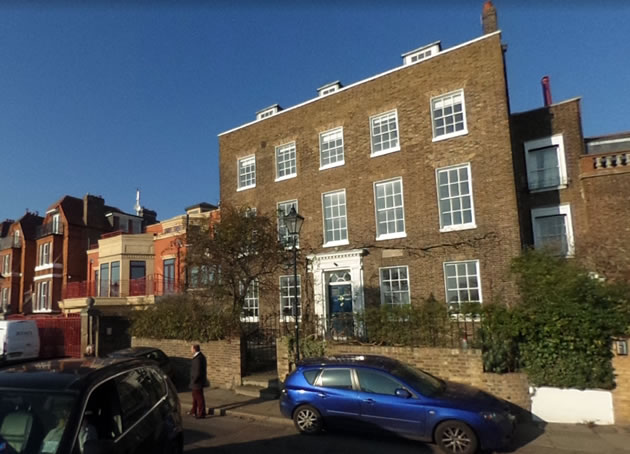William Morris Society Launches Online Exhibition
Highlights from the collection cover the diverse interests of the artist
 Kelmscott House. Picture: Google Streetview
Kelmscott House. Picture: Google Streetview
The William Morris Society which is based at Kelmscott House on Upper Mall has launched a new online exhibition.
There is an introductory video and you can explore twenty unique objects from the collection that illustrate how Morris became one of the most significant figures in the Arts and Crafts Movement.
Highlights from the William Morris Society’s Collection illustrates the diverse interests that William Morris passionately pursued in his lifetime. Morris had a profound admiration for craftsmanship, utilising and reviving traditional methods of dyeing and printing. Morris’s process of making extended to more than an idea of material craft; he believed that labour itself should be valued and that the learning of manual skills made for a well-rounded life. He believed in the value of good design for the maker as well as the consumer. He was constantly teaching himself different processes and experimenting with new techniques. This is the William Morris Society’s first online exhibition and will be regularly updated with a series of blog posts.
William Morris (1834 – 1896) was a revolutionary force in Victorian Britain: his work as an artist, designer, craftsman, writer and socialist changed the fashions and ideologies of the era. Morris was born to an affluent family in Walthamstow, near London. He studied at the University of Oxford with the initial intention of joining the clergy, but altered course to a life of creative occupation. Morris developed friendships with the Pre-Raphaelite artists Philip Webb and Edward Burne-Jones, both of whom fostered and would contribute to Morris’s artistic pursuits.
In 1861, Morris and a group of like-minded individuals founded the design company Morris, Marshall, Faulkner & Co. The firm was born out of a desire to improve poor practices in Victorian decorative manufacturing and produced a wide range of goods, including tapestries, wallpaper, fabrics, furniture, and stained glass windows. Alongside his work for the firm, Morris achieved success as an author, publishing poetry and novels. He founded the Kelmscott Press in 1891 to publish limited-edition books, including the Kelmscott Chaucer.
The William Society exists to make better known the life, work and ideas of William Morris, designer, craftsman, poet and socialist. The Society’s premises are in the Coach House and basement of Kelmscott House, Morris’s Hammersmith home for the last 18 years of his life.
The exhibition will be available online until 13 September and it can be viewed by clicking here.
June 4, 2020
Related links
|